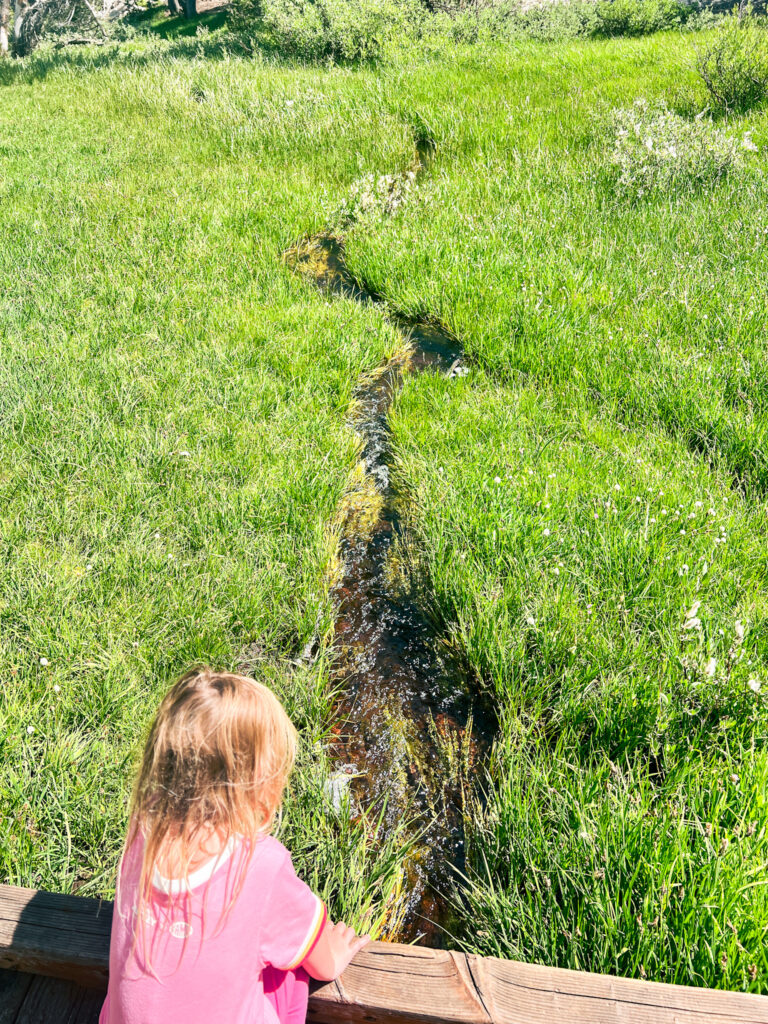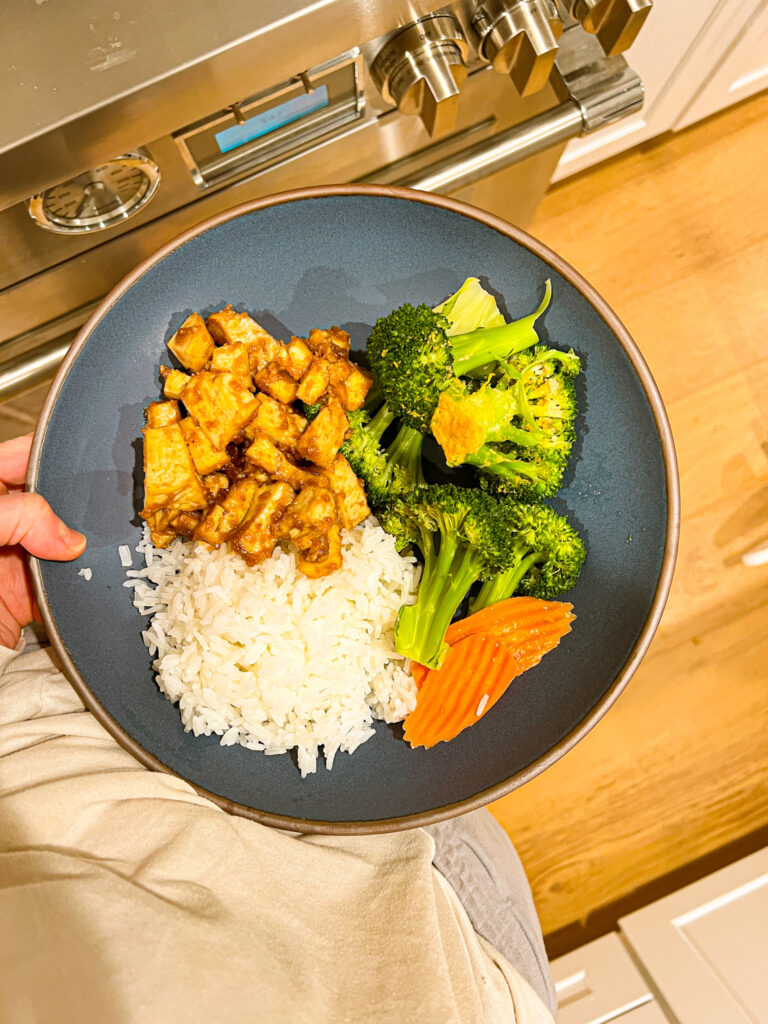
Bad vs. Good vs. Great, Salads! When you hear the word "salad" what do you think of? Something bad, with a tiny iceberg lettuce pile, a few boring tomatoes, cucumbers and onions plopped on top, thick ranch dressing dripping over each lifeless ingredient? Change those thoughts! A salad can be a delicious, creative, healthy, substantial, filling, smile-inducing meal. Fiber, vitamins, minerals, phytochemicals and plenty of flavor make salads one of the healthiest (and most delicious) meal options out there. Check out my Vegan, Vegetarian, Veg Salads 101...
Make a Great Salad! Ban the Bad. There is nothing worse and more cringe-inducing than biting into a poorly made salad: wilted or 'barely green' greens, too much heavy dressing, lifeless tomatoes, poorly sliced chunky cucumbers, browning avocados. Eating a bad salad makes you feel as though you are punishing yourself. Be good to yourself! Feed your senses and taste buds by biting into an extraordinarily made salad: crisp fresh greens, perfectly zesty-flavorful dressing in even distribution, perfectly chopped ingredients, juicy red tomatoes, slivered almonds, diced sweet onions, fresh black pepper and much more.
A Salad a Day Keeps the Doctor Away. I live a "salad a day" lifestyle. Everyday I indulge in a beautiful, big, multi-ingredient salad. My salad craving around dinnertime is right up there with my fresh fruit craving around breakfast. And I've gathered a few salad tips and tricks when it comes to ingredients, techniques and flavors. But before you start your "salad a day" lifestyle, you'll want to brush up on your salad making skills. My tips...
Vegan Salad Ingredients come in a few different categories: beans, leafy greens, nuts, seeds, grains, raw veggies, cooked veggies, fruit, herbs and crackers/crisps/croutons. Another component would be accent protein ingredients like tempeh/seitan/tofu. Towards the end of this post I have a list of my top 31 favorite salad ingredients in these categories. But there is an art to constructing a flavorful and successful salad while using a lot of diverse salad ingredients. My tips will help, but practice makes perfect.
Salad Dressing Ingredients: fruit juice, vinegars, veggie purees, oils, nut butters/purees, sweeteners, salt, pepper, spices, condiments like mustard, chilies, herbs and more can be components to a homemade dressing.
Ten Salad Tips:
Tip #1: Use High Quality Ingredients. Always. No matter what, the quality of your ingredients will make your salad. And one bad mushy tomato can ruin the whole thing! Base your salads around the produce that 'looks the best' the day you shop for ingredients. If the tomatoes look amazing one day, base a salad around them. If the spinach looks better than the arugula, even though you wanted arugula today - go with the spinach. Choose fresh produce that is preferably organic, local and/or seasonal. I know it can be very hard to find all three of those factors - but if you can nail at least one, you're on your way to a great salad. And if you can use Farmer's Market or CSA fresh produce, you are a lucky salad chef.
Tip #2: Skip the Bottle if you can. If you have the time and ingredients on hand - always make your dressing from scratch. It will taste fresher and more flavorful, usually with less salt and even preservatives. You control the sodium content, which is important when considering shelf-stable products vs. homemade.

Tip #4: Knife Skills Can Define a Salad. A high quality, sharp knife is one trick to achieving a great salad. And no, you don't need twenty different knives for your kitchen. I have about two high quality knives that I use on a regular basis - and that's plenty for me. When chopping, slicing and dicing, you'll want to try and make each variety of ingredient the same size. You don't want to dice a tomato and have half the chunks the size of a pea and the other half the size of a golf ball. Same sizes are appealing to the eye - and presentation is half the battle.
Tip #5: Plate vs Bowl? I am a bowl girl myself. But my husband is a plate guy. My advice is this: if you have a fear of bottom-of the-bowl-soggy-salads, go with a plate. But if you don't mind a little bit of dressing to accumulate at the bottom of your bowl, go for it. I find a medium-large sized bowl will work much better for a big salad - the kind I usually eat with dinner. The tiny side plate piled with one cup of salad is not enough to live a "salad a day" lifestyle. Seek out your perfect salad plate or bowl - and you'll be a happier salad eater. Consider weigh, material, size and shape. I find that different people don't always agree on how they like their food plated. Ask your guests: plate or bowl?
Tip #6: Complicate Your Salad's Flavor Profile. You don't want a boring salad. So remember to pay attention to layering flavors and textures. Flavors include: salty, sweet, savory, nutty, zesty, sour, bitter, tangy, spicy, peppery and maybe even umami-ish. Textures and accents include: crunchy like carrots, cool like iced cucumbers, warm like sauteed mushrooms, hearty like whole beans, hydrating like citrus, dry like croutons, chewy like raisins and silky like spinach. Choose a few of these accents and flavors for your salad. Simplicity can be good, but complexity can be great!
Tip #7: Garnish. Don't forget to garnish you salad. Garnish can add a hint of flavor like fresh black pepper, dashed paprika, minced parsley or grated ginger. Garnish can also add that perfect splash of color to the top of your salad. Seeds, finely chopped veggies or herbs, spices and tapenades are my favorite garnishes.
Tip #8: Creative Leafy Greens. Don't use bagged romaine and iceberg as your main sources of greens. The darker the green color, the more nutrients are embedded in the greens. For a full list of leafy greens like mache, arugula and more, visit my colorful fruits and veggies list here.
Tip #9: How to Build a Non-Mushy Salad - My Salad Layering Technique. This technique works best for me:
1. First I grab my serving bowl (or plate) and mix my homemade dressing.
2. I then chop all my heavy (non-leafy) salad ingredients and put them in a side mixing bowl. I usually choose 2-5 different ingredients for this bowl. (Ingredients like avocados, citrus, mushrooms, onions, carrots, apple, pears, etc) To that bowl I add a splash of acid (vinegar or citrus juice) and a drizzle of EVOO or another healthy oil like macadamia nut oil. The citrus/acid juice prevents any browning of ingredients like apples or avocados. I add some pepper over-top as well. Then I toss those ingredients well and let them sit and marinate.
3. Next I tend to my leafy greens. I very lightly toss a big handful (about 2-4 cups) of greens with a bit of the dressing. Then I place them on my serving plate or bowl. (I usually use a bowl).
4. Over top the greens, I sometimes add another light drizzle of my homemade salad dressing. It depends how 'wet' I want or need my greens. Delicate greens usually require less dressing than thick greens. And sometimes, I simply skip the dressing altogether because I am craving super dry greens.
5. Then I spoon over top my greens, as much of my fruit/veggie chopped mixture as my salad bowl can handle. If there is leftover, I will place it in a side dish bowl and refill my serving bowl during the meal as needed.
6. I then add any warm ingredients like a few tablespoon of sauteed mushrooms or tofu or tempeh cubes. Or whole beans or rice - or any seeds/nuts/crisps over top that.
7. Fresh ground black pepper, garnish, and another optional drizzle of dressing right before diving in with my fork. Yum.
Tip #10: Have Fun! Don't forget to have fun with your salad and try new things. Don't get in a salad rut! I hope the recipes that I will present to you in this salad series will inspire you to create and experiment with creative ingredients and unusual flavor combos. Now check out my Top 31 Salad Ingredients below...
Salad Ingredients: My Fave 31. This was hard to narrow down!
Beans
1. garbanzo beans
2. edamame
Grains
3. brown rice
4. quinoa
Nuts
5. cashews
6. almonds
7. walnuts
8. macadamia nuts
Seeds
9. sunflower seeds
10. poppy seeds
Fruit and Veggies
11. avocado
12. mushrooms
13. tomatoes
14. bell pepper
15. onion
16. pears
17. apples
18. oranges
19. corn
20. white grapefruit
21. broccoli
22. asparagus
23. lemon juice
24. strawberries
25. mango
26. carrots
Leafy greens
27. arugula
28. mache
29. spinach
Herbs
30. parsley, flat
Cracker/croutons/crisps
31. savory sesame rice crisps










